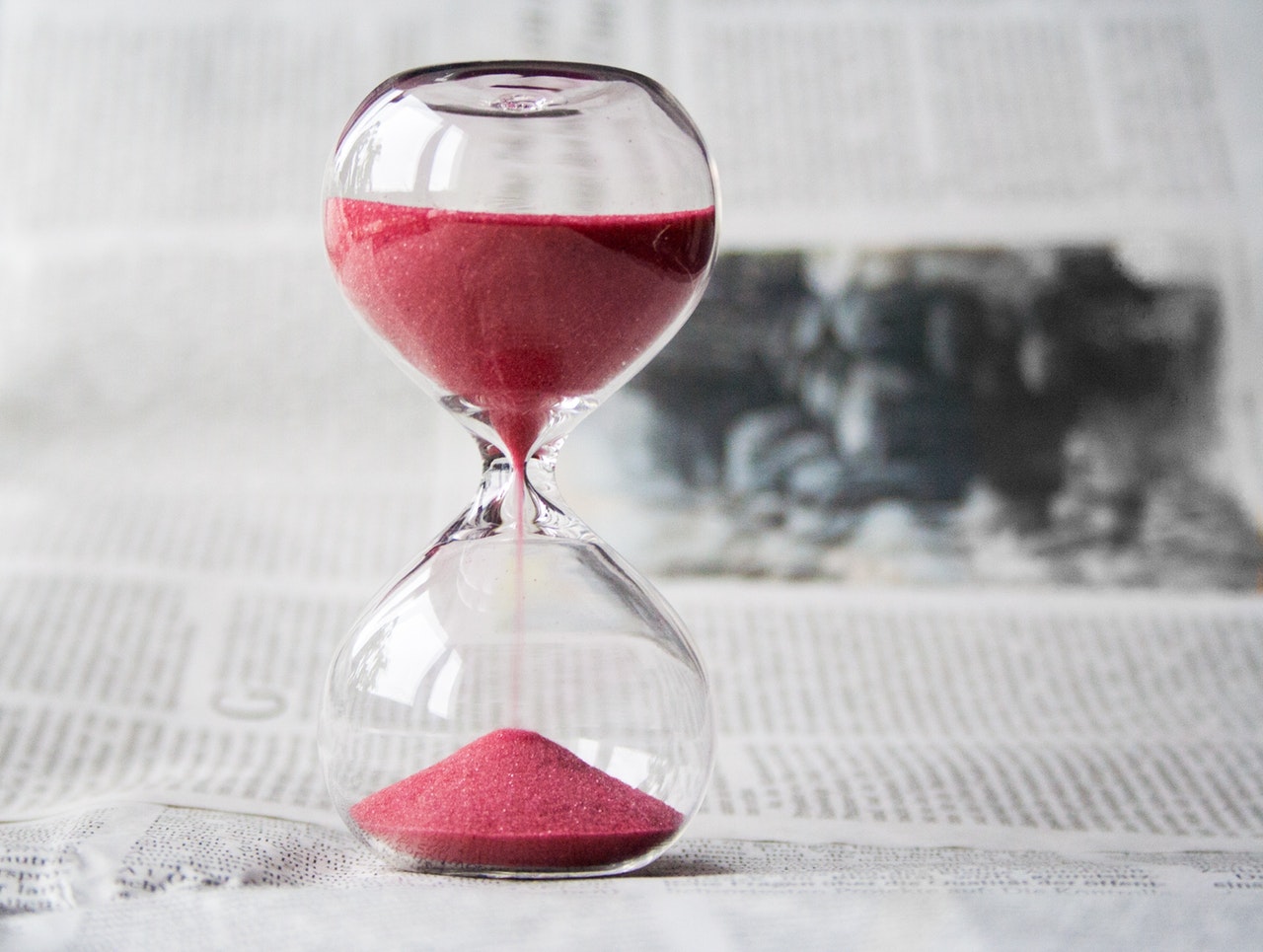The number ONE thing phenomenal speakers do that average ones don't

Rehearse.
There is a difference between practicing a speech and rehearsing one.
The former is reading from a screen (or print out) over and over until you work out the kinks in the content. Rehearsing is active and purposeful--you do this after you've perfected the written words. Rehearsal is a full engagement of the text and requires time and dedication. It is what you do to perfect your presentation from beginning to end. Whether you hire a speechwriter for a custom talk or draft your own, this part of the process is crucial to giving a fantastic presentation.
In a previous blog, I shared winning tips speakers could learn from stage actors. In this post, I'd like to delve deeper into the rehearsal aspect and break it down into smaller habits. The goal is to try and replicate the conditions of the actual event. For example:
Get comfortable standing and making purposeful movements
The first thing you need to do is stand up (if you can). Nothing epic is going to happen if you're non-disabled but practicing sitting down. You need to get up to get the energy flowing and to become accustomed to the amount of space you're going to use on stage. This is the time to be aware of how much pacing you're doing. A little walking back and forth is okay, but avoid strolling too much. Ambling a lot can also make things difficult if you are being recorded by a single camera.
Rehearsing in a designated area doesn't mean you have to plant in that spot. You can move a little bit, but give depth to your speech by using gestures and body motions. Try anchoring some of your lines to specific actions. Doing so can also help you with memorization. For example, if you're telling a story about running from a rabid raccoon, crouch down and move your arms in a running motion to recreate the moment. As you rehearse, imagine yourself telling friends the story over brunch. How would you act it out? What emotions would you convey--fear, surprise, triumph? This is what you should practice doing for your audience.

Not only will this keep your energy level up, but it will also engage your listeners. You cannot do these actions seated in front of a computer. Stand up and get used to speaking on your feet. Guaranteed you'll get better at presenting and storytelling as a result!
Train yourself to stay within the speaking time allotment
When you're rehearsing your speech (vs. practicing it), you'll be more likely to recite it at the pace that comes natural to speaking (we often read faster in our heads than we speak aloud). It is important to get comfortable enough with your content to take a beat and not lose your place. This will make your speech sound as though it was not rehearsed even though it was. As you get closer to your event date, begin using a countdown stopwatch to ensure you don't go over your time.

Get used to moving in your clothing on speech day
Treat it like a costume if you must, but it is beneficial to rehearse your speech wearing the clothes you intend to don the day of your event. Some do's and dont's include avoiding dangling or loud jewelry that may clank against your microphone. Solid colors of dark, neutral or even pastel colors are better than stripes or puzzling prints and patterns. Wear something that's comfortable but appropriate for the venue and event.

The key to delivering a speech that is better than good, better than great---one that is memorable and phenomenal, is to begin rehearsing as early as you can.
It is understandable that many C-level executives may not have the time for intense rehearsal, but it is in your best interest to make rehearsal a habit if you are someone who can make it work with your schedule. If you are a doctor, top-level sales person, university president, a local politician, or anyone else who may have more notice, don't skip this step. Rehearse as often you can. Use the time to get used to using your visual aids if your speech incorporates them. Do a run through with background noise because one thing is for sure: audiences can be noisy even when they're trying to be quiet. If it isn't a cell phone notification, it is a cough, or sneeze, a baby, or shuffle of chairs. Going over your presentation with distractions will help you get accustomed to the little disturbances.
If you're ready to hire a speechwriter for a custom speech, contact us today for a free consultation.